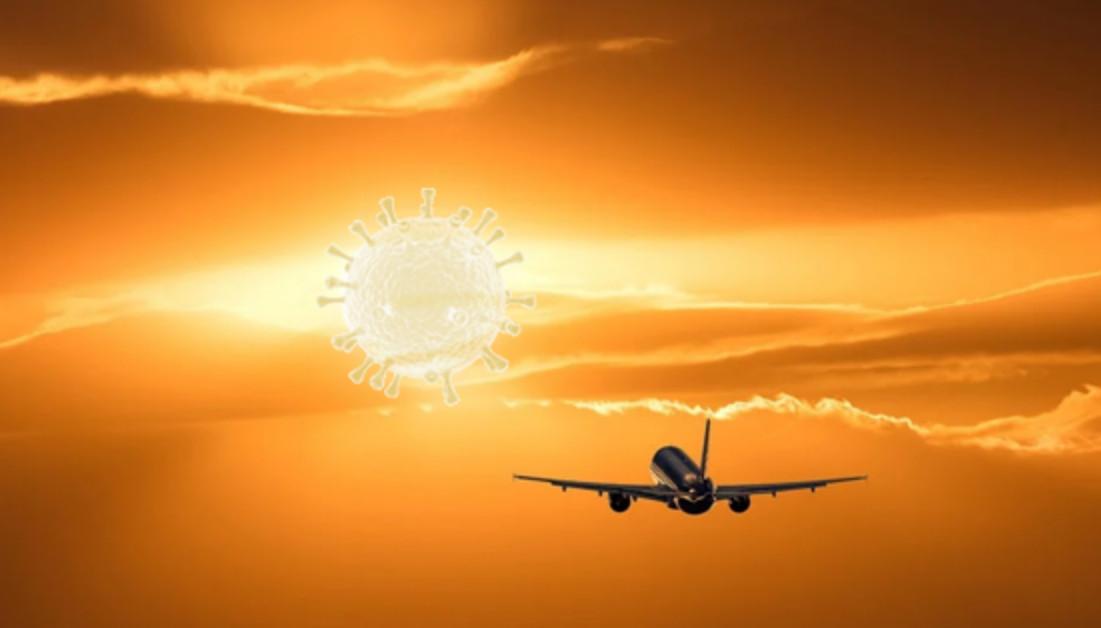AVIATIONíS RISE INTO THE UNKNOWN
|

|
Itís a sobering time.
While many are affected in the basics of their livelihood, aviation finds itself entangled in unprecedented fire-fighting and a vicious struggle for survival.
With very little guidance about what to expect, airlines are taking decisions today that will shape the future, not just for themselves but also for national economies, societies and individuals all around the globe.
|
This amidst uncertainties that keep piling up; shy consumers, business traffic re-shaped for long, different regulations per country, inconsistent government support, etc. All of it subject to last-minute changes.
Not exactly the ideal circumstances to optimize network and schedules.
ANTICIPATE MORE FLEXIBILITY
The first answer to volatility is flexibility.
This already sharply divides the industry: There is a breed of companies whoís profit model is built around flexibility and they will have the least problems in finding short term answers.
Yet, especially among the larger airlines, flexibility is rarely part of the DNA. Many companies are entering a totally different world, calling for the skills to re-deploy resources literally by the day, scaling up and down at need.
In the immediate future, a lot of resources are abundantly available on the bench, but of course in terms of efficiency such is disastrous. Add to that a limited commercial flexibility with profits hinging on 11 month sales periods and itís hard to see an easy way out.
TRIMMING THE NETWORK
And thatís a major pitfall; intuitively companies will be looking for a path back to the old normal or to a trimmed version of their proven concept.
However, shrinking an existing network to profit does not have too much successful precedent.
Most airlines lack the refined profit monitoring techniques that can deal with the abrupt changes in cost structure, efficiencies, frequency patterns and connectivity.
Take the latter as example: Weíll see a lot of hub banks falling below critical mass. This will alter the profitability of complete transfer strategies.
In these circumstances, the wide-spread system- & data reliance in the industry suddenly becomes a risk factor. This new territory cannot be explored without healthy entrepreneurship and un-paved analytics.
SOCIAL DISTANCING
While we may hope that the markets one day will return to their full glory, other influences like social distancing will not rub off so easily.
Regulators will no doubt add lasting extra requirements to aircraft preparation and passenger handling, which will easily slow down processes like check-in, security, boarding and aircraft turns.
One crucial factor will be to prevent a free-fall of efficiencies. Because this crisis is so compelling, complacency will easily replace rationality when incorporating new requirements.
So what are we going to do? Triple ground times for cabin disinfection and raise check-in times with some extra hours ?
This while a good look at processes is also a unique opportunity. Aviation has accumulated quite some procedural slump over the past decades. Lots of that is now instantly a hazard, like long queues, overloaded terminals and cramped seating.
IMPACT ON THE OPERATION
Longer process times only increase the number of people being in the terminal at the same time.
Even if only from a commercial perspective, now is a good time for airports and airlines to work out how to get people on & off board, and in & out of the airport, in a reasonable time, without stampede.
And then on board; the "middle seat" discussion is already in full swing, but it could well be that the markets will settle this one for us.
While hard to imagine a complete re-seating of the fleet, itís not unthinkable that weíre looking at different load requirements, pricing structures and revenue management policies.
IMPACT ON SCHEDULES
For certain, this all will impact schedule structures too. Thereís probably no way around some adjustment of turn times, tail-swap lead times, crew limitations and other planning standards.
New times will also call for smarter peaking and de-peaking of flights to accumulate less people in terminals, but also as a way to help speed up the travel experience.
All this means that hardly any fleet rotation concept or hub structure of the past will be tenable.
One spark of light in the dark: there will temporarily be new flexibility regarding airport slots, giving airlines more latitude to shape the schedules to their need.
RE-INVENTING THE PROFIT MODEL
This all is taking airlines back to the fundamentals of their profit model.
Such can be risky. Having had a successful model in the past is no guarantee that an equally profitable new model will be found. Not every organization will think far enough out of its box.
At the same time we can be hopeful too. Aviation is unique like no other industry in accommodating safety while getting things organized.
There will be a way forward and those that do the best and most uncompromising job in reinventing their business will come out stronger.
back to top
